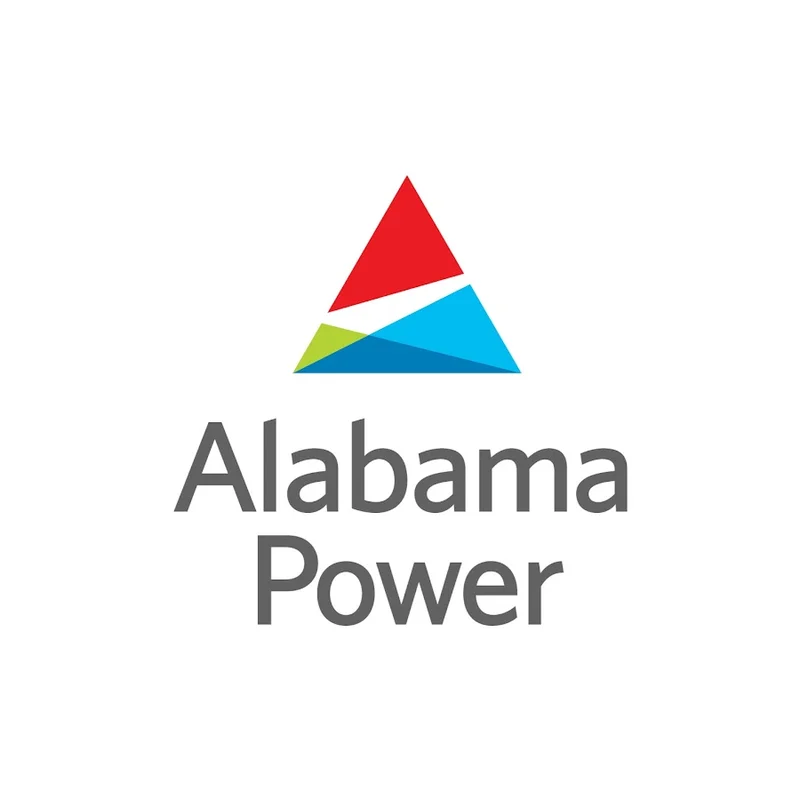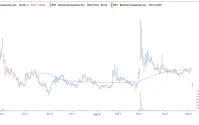**Alabama Power's Halloween Spectacle: A Masterclass in Narrative Misdirection**
Every fall, public utilities face a recurring communications challenge: how to prepare customers for higher winter heating bills without sounding like the villain. Alabama Power’s solution this year was a masterclass in corporate public relations, wrapping practical advice in the festive, disarming guise of Halloween. They busted "spooky myths" about energy use—as detailed in reports like Alabama Power provides tips to dispel scary energy-savings myths during spooky season and beyond—warned of "energy vampires," and even leaned into Bat Week to champion conservation.
On the surface, it’s clever. It's engaging. The advice to unplug your toaster or use a slow cooker is, in isolation, perfectly sound. But when you zoom out from these micro-level tips and look at the company’s concurrent financial disclosures and operational reports, a different picture emerges. The Halloween campaign feels less like genuine consumer education and more like a carefully crafted diversion—a folksy narrative designed to occupy the public’s attention while the real, multi-billion-dollar story unfolds elsewhere.
The Anatomy of a Diversion
Let’s first examine the public-facing campaign. Alabama Power warns that turning your heating unit off entirely is counterproductive, as the system must work harder to reheat not just the air but the thermal mass of your home (the furniture, the walls, the countertops). They advise against closing vents in unused rooms, which disrupts the HVAC system's designed airflow. And they caution against "energy vampires"—devices drawing phantom power while idle.
These are all technically correct. But what is the actual, quantifiable impact? The company encourages you to unplug your coffee maker but offers no hard data on how many kilowatt-hours this saves the average Alabama household per year. Is it $5? Is it $50? Without that number, the advice is functionally useless for any real financial planning. What is the real cost of reheating a cooled-down home versus maintaining a lower, steady temperature? The answer depends on dozens of variables—insulation, outdoor temperature swings, home size—that a blanket statement simply can't address.
This entire effort is like a stage magician's sleight of hand. The company is waving a colorful scarf—look, bat houses painted by schoolchildren! look, a spooky ghost on your power bill!—to draw your eye. It’s a brilliant piece of misdirection. But a serious analyst doesn't watch the scarf; they watch the other hand. And Alabama Power's other hand has been very, very busy.
While customers were being told to unplug their lamps, Southern Company, the parent entity, was reporting third-quarter profits of $1.7 billion (or $1.55 per share), a significant jump from the $1.5 billion reported the prior year and a solid beat on Wall Street estimates. Revenue hit $7.8 billion. This isn't the financial profile of a company whose fortunes hinge on whether its customers use a toaster oven instead of a conventional one. So, where is this performance coming from?

Following the Capital Flow
The real narrative isn't in the Halloween tips; it's in the capital expenditure reports and SEC filings. Alabama Power recently sold $500 million in bonds to help finance its $622 million acquisition of the Lindsay Hill gas-fired power plant. This isn't a minor line item; it's a strategic move to add nearly 900 MW of generation capacity to the grid.
Why the expansion? Because Southern Company sees a tidal wave of demand coming. Their executives have identified a pipeline of over 50 gigawatts of potential new large-scale projects, primarily from data centers and manufacturing, materializing by the mid-2030s. In the last quarter alone, they signed contracts for over 2 GW of new demand in Alabama and Georgia. The company is forecasting annual electric sales growth of around 8%—to be more exact, their projections run through 2029—an absolutely massive figure for a utility.
I've looked at hundreds of these utility filings, and this particular juxtaposition of folksy consumer advice against an aggressive, large-scale industrial expansion strategy is unusually stark. The company is preparing for a future dominated by enormous, power-hungry clients. That preparation is expensive, and regulated utilities have a well-established mechanism for paying for it: the rate base. Every dollar spent on a new plant, a new transmission line, or relocating utilities for a road-widening project is an investment upon which the company is entitled to earn a regulated return.
Consider the simultaneous news about Valleydale Road. This is a 3.5-mile road-widening project that has been in the works for 27 years, with recent updates announcing Lane closures on Valleydale Road between now and Nov. 28 for utility relocation. The utility relocation phase alone is projected to take up to three years and cost $10 million. The total construction is pegged at $45 million. This is the unglamorous, disruptive, and costly reality of maintaining and expanding a grid capable of meeting that projected 8% annual growth. While the Halloween press release offers "easy, no-hassle" ways to manage your bill, the company's own spokesman asks for the community's "patience" during years of lane closures. Which one feels more representative of the company's actual operational priorities?
The Signal and the Noise
Ultimately, an analyst's job is to separate the signal from the noise. The Halloween campaign, with its talk of energy vampires and haunted heating bills, is pure noise. It’s a low-cost, high-visibility effort to project an image of a helpful, customer-centric partner. It’s not malicious, but it’s a distraction.
The signal—the information that truly matters for understanding the future of your power bill—is in the capital allocation. The $500 million bond sale, the 50 GW demand pipeline, and the multi-decade, multi-million-dollar infrastructure projects are the drivers of Alabama Power's business. The company isn't focused on your toaster; it's focused on powering the next generation of data centers. And the immense cost of that build-out will, inevitably, be socialized across the entire customer base. The real spooky story isn't phantom energy; it's the compounding cost of capital investments that will appear on bills for decades to come.









